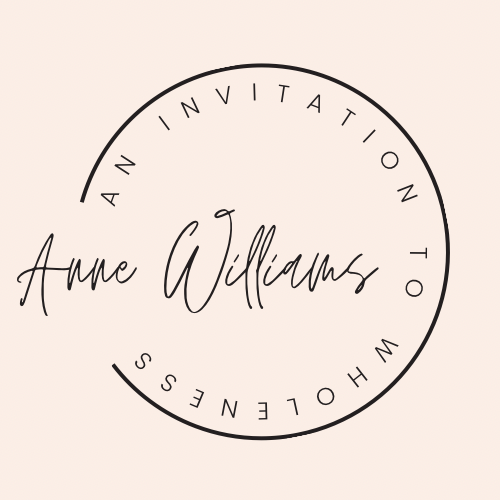As a new mother, are you wanting to thrive, or just survive?
Over the last week I’ve heard, across multiple forums, Women either saying that they will just ‘wait and see’ as to whether they need postpartum support, or saying that their partner isn’t on board with investing in postpartum support. Sadder still, I’ve seen many mothers in early postpartum reaching out on social media groups for words of wisdom because they are struggling postpartum and have NO POSTPARTUM SUPPORT in place, whether that be family, friends or paid support. My heart breaks when I read these womens words.
I’m blessed now to be living in a beautifully supportive community. Just this week a new birth was announced in our village and the first 3 weeks of meals was organised by neighbours within 12 hours of the call going out! It’s pretty special. And even with this support this new mamas postpartum is likely to challenge her to her core. I’m not saying this to create fear around Motherhood. I say this because I see Mothers struggling time and again, or I hear about it ONCE they have gone through the fog and have come out the other side a few years later. Motherhood challenges you, and the early days, especially, can be a huge shift. It’s not just the lack of sleep and being responsible for a tiny human for the first time, but when our baby is born, we ourselves are born as a new mother. A new version of ourselves arises…and finding our way in this new skin can take time. Not just weeks, but months, and often years. When we become a newborn mother we need and deserve the same care we ourselves provide to our new baby. So who is responsible for nurturing YOU? How would that look and feel?
When planning postpartum, many women see their partner as the answer, but they going through their own rite of passage too - as a Father. They are just getting by and have no real idea about what is needed to nurture a new mother in this time. How could they? Our culture is , with respect, pretty terrible at nurturing new mothers. How often do visitors appear to “Meet the new baby” empty handed, or at best, with a gift for the baby. Generally, as a visitor, they are then ’hosted’ by the new mother. Sometimes the mother feels she needs to retreat in to a separate room to feed baby. It’s completely back to front. Visitors should be bringing food, offering to help around the house, waiting on the new mother. Making sure that the Mother and baby are comfortable, doing and being however they need. So it’s no wonder our partners have little idea about optimal postpartum care.
If you are preparing for postpartum, or newly postpartum (within the first 6-12 months) I invite you to ask yourself these question:
1. What would a thriving postpartum look like?
2. What would you need to put in place to make this a reality?
3. What is one small step you could take towards this?
These are the questions I love supporting Women to answer for themselves. These are the questions, if acted upon, can make the difference between surviving and THRIVING. Don’t we all want to thrive?
If these words call you, and you’d like to prepare to thrive during your postpartum period then please get in touch at anne@blissfulmothers.com.au or use the contact button below.






